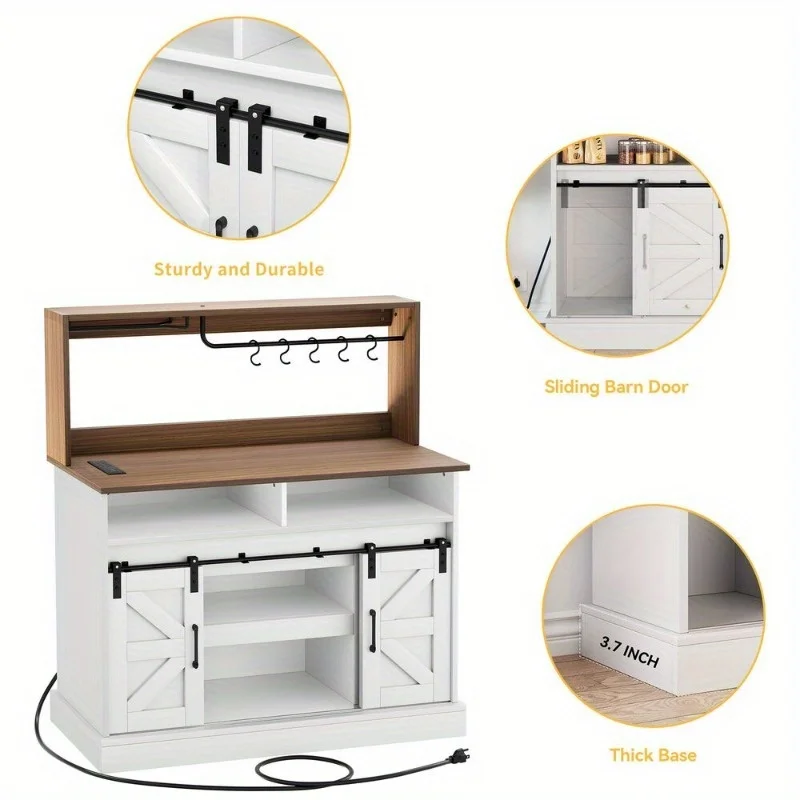 Introduction:
Introduction:
When installing new kitchen cabinets, understanding the labor cost involved is essential for budgeting and planning purposes. Hiring a professional for cabinet installation ensures proper fitting and alignment for a polished look. In this comprehensive guide, we will explore the factors that influence the labor cost to install kitchen cabinets. By understanding these factors, you will have a clearer picture of what to expect and can make informed decisions when hiring a professional for your cabinet installation project.
 Introduction to Labor Costs for Installing Kitchen Cabinets
Introduction to Labor Costs for Installing Kitchen Cabinets
Labor costs for installing kitchen cabinets can vary depending on several factors.
A. Importance of Professional Installation: Professional installation ensures precise fitting, alignment, and proper functionality of the kitchen cabinets.
B. Factors Affecting Labor Costs: Various factors, such as the size and complexity of the cabinet installation, location, and the experience of the installer, can impact the overall labor cost.
Complexity of the Installation
The complexity of the installation affects the amount of labor required and, consequently, the cost.
A. Cabinet Type: Different types of cabinets, such as wall cabinets, base cabinets, and corner cabinets, may have varying installation requirements and associated labor costs.
B. Design Features: Unique design features, like custom modifications, decorative trim, or specialized hardware installation, may increase labor costs due to additional time and effort required.
 Cabinet Size and Quantity
Cabinet Size and Quantity
The size and quantity of cabinets play a significant role in determining the labor cost.
A. Size of Individual Cabinets: Larger cabinets generally require more time and effort to install due to their weight and handling requirements.
B. Number of Cabinets: The overall quantity of cabinets to be installed affects the total labor cost as more cabinets generally require additional time and manpower.
Site Preparation and Accessibility
The condition and accessibility of the installation site can impact the labor cost.
A. Preparing the Site: Clearing the installation site of existing cabinets or other obstacles prior to installation may require additional effort and time, affecting labor costs.
B. Accessibility: Factors like limited space, restricted access, or difficult installation locations (e.g., upper cabinets or tight corners) can increase labor costs due to the need for specialized techniques or additional manpower.
Installer Experience and Reputation
The experience and reputation of the cabinet installer can influence the labor cost.
A. Skill and Expertise: Highly skilled and experienced installers may charge higher rates due to their expertise and ability to handle complex installation scenarios with precision.
B. Installer Reputation: Installers with a solid reputation and positive customer feedback may also charge higher rates based on their perceived value and demand for their services.
Additional Considerations
Other factors may also impact the labor cost to install kitchen cabinets.
A. Location and Market Rates: Geographic location and local market rates can influence labor costs due to variations in living expenses and competition among installers.
B. Inclusion of Other Services: Additional services, such as cabinet demolition or removal, electrical work, or plumbing connections, may incur extra labor costs.
Obtaining Quotes and Estimates
To determine labor costs accurately, consult multiple professionals for quotes and estimates.
A. Seek Recommendations: Ask for recommendations from friends, family, or local hardware stores to find reputable installers who can provide accurate quotes.
B. Detailed Project Description: Provide a clear project description and specifications to obtain accurate estimates that include labor costs.
 Some common types of kitchen cabinets:
Some common types of kitchen cabinets:
There are several types of kitchen cabinets available that serve different functions and styles. Here are some common types of kitchen cabinets:
Base Cabinets:
These cabinets are installed directly on the floor and provide the foundation of the kitchen storage. Base cabinets typically have drawers, shelves, or a combination of both. They can be used to store pots, pans, utensils, and other kitchen essentials.
Wall Cabinets:
Wall cabinets are mounted on the wall, above the countertops and base cabinets. These cabinets are usually used to store dishes, glasses, spices, and smaller kitchen items. Wall cabinets are available in various heights and can be customized to fit the kitchen layout.
Tall Cabinets:
Tall cabinets, also known as pantry cabinets, provide vertical storage space and are typically used for storing dry goods, canned foods, small appliances, or brooms and mops. These cabinets are taller in height and may have interior shelving, drawers, or door racks.
Corner Cabinets:
Corner cabinets are designed to maximize space in kitchen corners. They often feature special mechanisms, such as lazy susans or pull-out shelves, to enhance accessibility and utilization of corner areas. Corner cabinets can provide additional storage for pots, pans, and other kitchen items.
Glass Front Cabinets:
Glass front cabinets have doors with transparent or frosted glass inserts. These cabinets are used to display decorative dishes, glassware, or items of aesthetic value. Glass front cabinets add a touch of elegance and can create an open and airy ambiance in the kitchen.
As for the placement of these kitchen cabinets, it largely depends on the kitchen layout and design preferences. However, here are some common placement options:
Base cabinets are typically placed below countertops, providing easy access to items used during food preparation and cooking.
Wall cabinets are installed above countertops, offering storage for frequently used kitchen items or decorative pieces.
Tall cabinets are often placed against the wall in areas with enough vertical space, creating additional storage for pantry items or household cleaning supplies. Such as island.
Corner cabinets can be positioned in kitchen corners to maximize space utilization and provide easy access to items stored in these areas.
Of course, the specific placement of cabinets may vary depending on individual kitchen layouts and design choices. It’s important to consider functionality, accessibility, and overall aesthetic appeal when determining the placement of kitchen cabinets within your kitchen space.
Some important considerations when installing kitchen cabinets:
Installing kitchen cabinets requires careful attention to detail and proper planning to ensure a successful installation. Here are some important considerations when installing kitchen cabinets:
Accurate Measurements:
Take accurate measurements of the kitchen space to determine the dimensions and layout of the cabinets. Ensure that the measurements are precise, accounting for any irregularities or obstructions in the walls or floors.
Plan the Layout:
Plan the layout of the cabinets, considering factors such as workflow, accessibility, and storage needs. Take into account the placement of appliances, sinks, and other fixtures to ensure a functional and efficient kitchen design.
Leveling and Alignment:
Cabinets need to be level and aligned properly to ensure a professional and polished look. Use a carpenter’s level to ensure that the cabinets are straight and plumb during installation. Proper alignment will also facilitate smooth operation of doors and drawers.
Wall Preparation:
Before installation, check the condition of the walls. Make sure they are structurally sound and free from any moisture, mold, or other potential issues. Repair and prepare the walls as necessary to provide a stable and suitable base for the cabinets.
Proper Fastening:
Use appropriate fasteners, such as screws or nails, to securely attach the cabinets to the wall studs or other structural supports. Ensure that the fasteners are of the correct size and type for the cabinet materials and wall construction.
Trim and Finishing:
Install trim pieces, such as crown molding or toe kicks, to provide a finished and cohesive look. Take care to properly align and attach these elements for a seamless appearance.
Safety Precautions:
Use proper safety precautions when installing cabinets, including wearing protective gear such as gloves and safety glasses. Use adequate support when lifting and positioning heavy cabinets to prevent injury.
Follow Manufacturer Instructions:
Follow the manufacturer’s instructions provided with the cabinets for installation guidance. Each cabinet brand may have specific guidelines and recommendations that should be followed to ensure proper installation and warranty compliance.
Seek Professional Help if Needed:
If you are unsure about any aspect of the installation process, it may be advisable to seek professional assistance from a qualified contractor or carpenter. They can ensure the cabinets are installed correctly and can offer valuable expertise and knowledge.
By following these considerations and taking a meticulous approach to the installation process, you can ensure a successful and lasting installation of your kitchen cabinets.
 Conclusion
Conclusion
Labor costs for installing kitchen cabinets depend on various factors such as the complexity of the installation, cabinet size and quantity, site preparation, installer experience, and location. Understanding these factors and obtaining multiple quotes from reputable installers allows you to make an informed decision based on your budget and specific project requirements.



